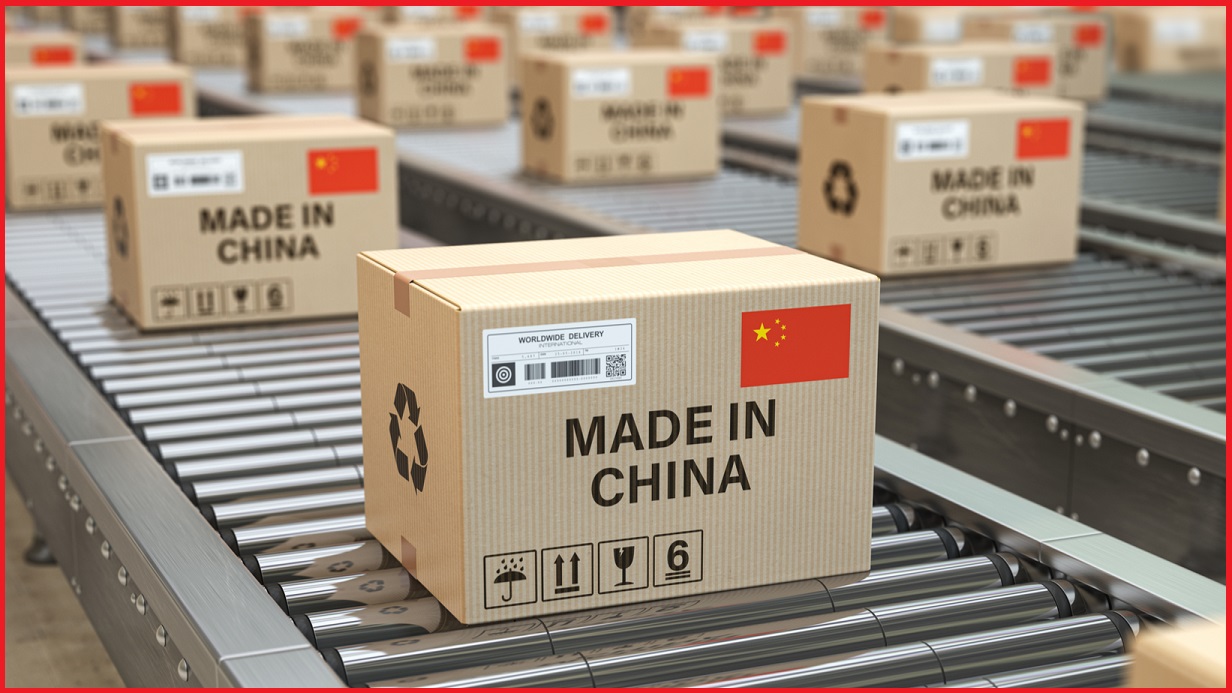The Chinese government has pulled the plug on foreign providers of equipment and software, doubling down on its domestic capabilities in a move that could savage the revenues of the West’s major hardware and software suppliers.
A three-year plan, laid down by the country’s government and first reported by the Financial Times, was issued on the back of more than 100 trial projects, and will replace up to 20 million government computers with Chinese-made equivalents, according to brokerage firm China Securities.
Under what has been termed a ‘3-5-2 policy’, 30 per cent of systems will be updated next year, with a further 50 per cent in 2021 and the remainder in 2022.
The Chinese government has been building its own operating systems for more than a decade, and in 2017 passed a Cyber Security Law that pushed government agencies and critical infrastructure operators to use “secure and controllable” technology.
Beijing’s efforts at self-sufficiency have already produced alternative operating systems like the FreeBSD-based Kylin scalable server platform – used in China’s world-leading Tianhe-2 supercomputer – and NeoKylin, a Ubuntu Linux-based Windows XP clone that has been shipping on commercial systems for several years.
In the wake of the government’s announcement, China Daily reported that China Standard Software Co (CS2C) and Tianjin Kylin Information Ltd Co (TKC) would partner to develop a new domestic operating system “with a unified technical system and ecosystem to provide a better user experience”.
The move would have a transformative effect on the country’s personal computer market, which became the world’s largest in 2012 and now sees more than 40 million units sold annually.
The massive opportunities in the market – which generates up to $A220 billion ($US150 billion) per year for US technology companies – has long driven PC makers to accede to Chinese government demands around the mandatory installation of Internet-filtering software.
The ban would favour firms like Chinese firm Lenovo, which has been favoured by government offices since it bought IBM’s personal computer division in 2005.
The company also bolstered domestic mobile capabilities with its 2014 purchase of mobile giant Motorola Mobility.
Yet, analysts note, global sharing and reuse of technologies means it can be difficult to define terms like “domestically made” when CPUs, memory and hard drives may be made by offshore specialists like Intel and Samsung.
Software compatibility will be another key issue, since most applications are written for Microsoft Windows and Apple macOS but support for Kylin is much less common; CS2C says NeoKylin supports more than 4,000 software and hardware products.
Re-orienting a tech behemoth
After a long period of capabilities development, mandating the use of domestic technologies marks a milestone in China’s push towards technological self-sufficiency.
This objective was encapsulated in 2015’s Made in China 2025 plan – a high-tech focused strategy that laid down plans to increase the Chinese-made content of core products to 40 per cent by next year and 70 per cent by 2025.
That strategy promises to further entrench the dominance of domestic powerhouses like Alibaba, Tencent and Baidu – yet impetus for the change has also come as China continues to fight the United States-led trade war, which has imposed punishing penalties on a range of Chinese-made goods and carved $US53b ($A78b) from China’s export market in the first three quarters of this year alone.
The Trump government has been working hard to hit key markets for Chinese technology in the US, particularly targeting Chinese technology bellwether Huawei with bans on its technology that have been echoed in Australia and elsewhere.
Banned from 5G rollouts in the UK and Japan as well, Huawei has slashed jobs in Australia in response to its local blacklisting – but has recently intensified its lobbying for a seat at the table and this month sued the US Federal Communications Commission over its ban there.
Huawei – whose half-year revenue surged 23 per cent in the midst of the expanding trade war – is said to be building its own version of Google Maps and this year launched a TV with its own HarmonyOS operating system after Google blocked it from accessing Android updates.










